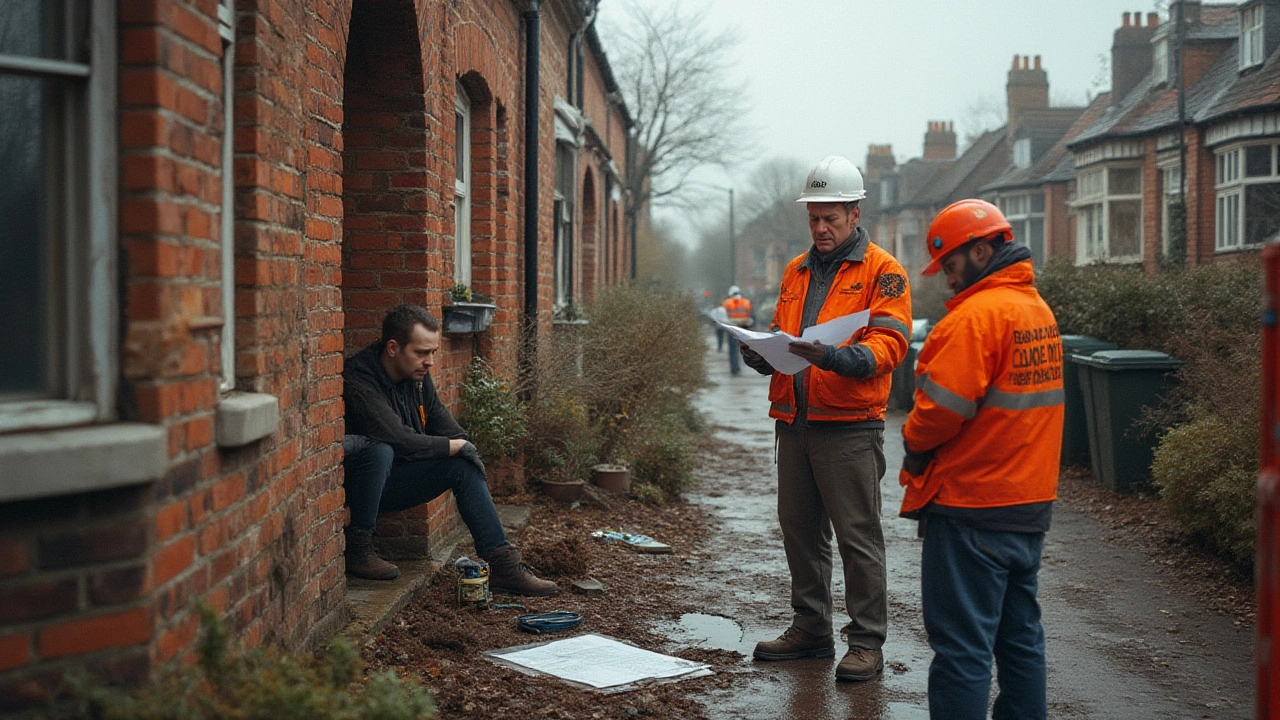Concrete Piers Explained: A Practical Guide
If your house is settling, cracks are appearing, or the soil feels soft, concrete piers might be the fix you need. A concrete pier is basically a strong column poured into the ground to hold up a building’s load. Think of it as a sturdy leg for your home, pushing the weight down to firmer soil or rock beneath. The idea is simple: transfer pressure from weak ground to a solid base, stopping further movement.
When to Choose Concrete Piers
Most homeowners consider piers when they notice uneven floors, doors that stick, or windows that don’t close properly. These signs usually mean the foundation is shifting. Piers are also a go‑to for new builds on expansive clay, sandy soils, or flood‑prone areas where a regular slab would crack over time. If you’re planning an addition, adding a porch, or converting a garage, piers give you a reliable footing without tearing down the entire foundation.
How Concrete Piers Are Installed
The process starts with a soil test to find the depth where the ground is stable. A drill or auger makes a hole down to that layer, then a steel reinforcement cage is lowered in. Concrete is pumped or poured into the hole, filling it around the cage. Once it cures (usually 24‑48 hours), a steel bracket or anchor is attached to the pier, and the building’s beams are tied onto it. The whole job can take a day or two per pier, depending on access and weather.
Cost is another factor people ask about. A single pier typically runs between £150 and £300, including labor, but prices rise if you need many piers or if access is tight. Many contractors offer a “pier package” that bundles drilling, concrete, and brackets, which can save you a few pounds per unit. It’s worth getting a few quotes and checking if the installer is certified for foundation work.
Maintenance is low‑key—once the concrete cures, there’s little to do. Just keep an eye on the surrounding soil for excessive moisture or erosion, especially after heavy rain. If you notice new cracks or doors sticking again, it could mean additional piers are needed or that the existing ones are shifting.
Bottom line: concrete piers are a straightforward, proven way to stop foundation problems before they get expensive. They work anywhere in the UK, from heavy clay in the Midlands to softer sand in the South. If you’re dealing with movement, talk to a reputable foundation specialist and ask whether a pier solution fits your budget and timeline. A well‑installed pier system can give your home a solid, level future for years to come.
Most Expensive Foundation Repairs: Your Guide to Piering, Underpinning & Replacement
- Gavin Whitaker
- |
- |
- 0
Curious which foundation repair methods will hit your wallet hardest? Get the real story on the most expensive options, what drives the price, and how to prepare.
View more